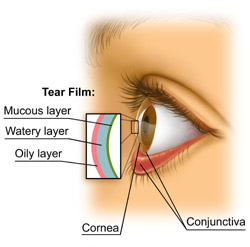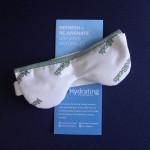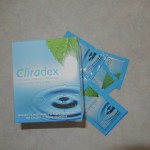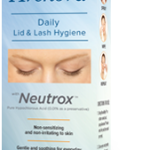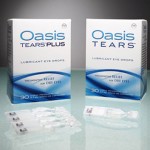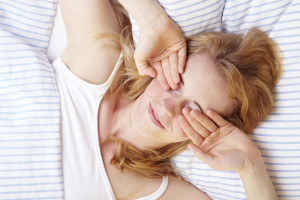Now that the smoke has cleared we can appreciate the transitioning of the Sonomaroma from essence of dairy to scent of marijuana. Oh, the olfactory challenges we endure living in Sonoma County.
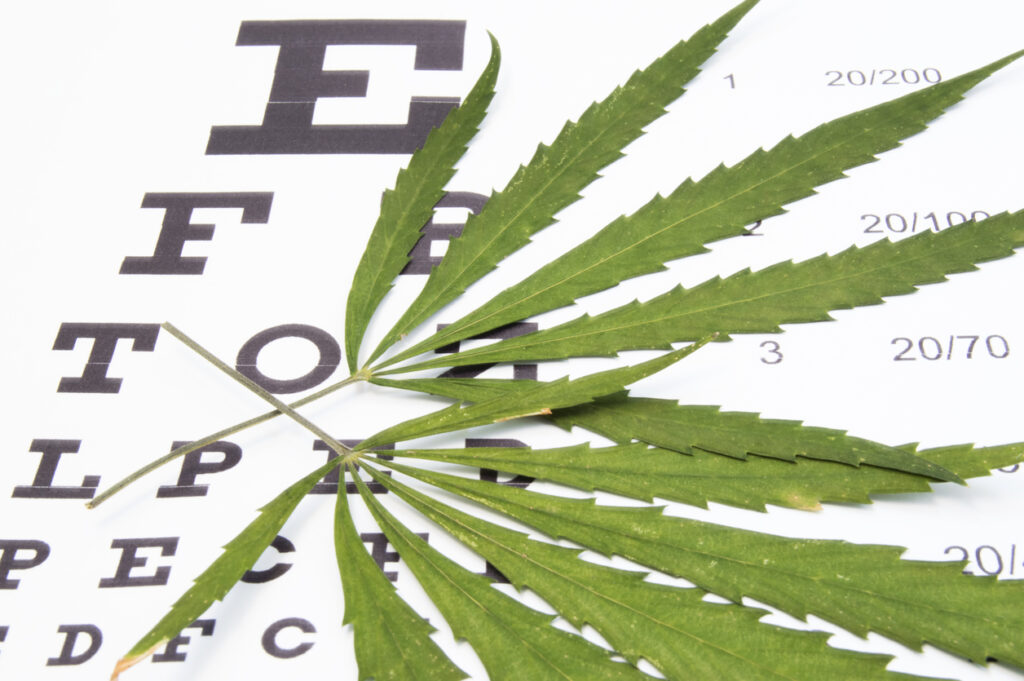
Marijuana has many effects on the eyes. The THC component causes the blood vessels to dilate which lowers the eye pressure, the blood pressure and visual processing. The vasodilation also increases the blood flow to the surface of the eye creating the glassy redness commonly associated with being “stoned.”
There are 2 main active chemicals in marijuana, THC and CBD. CBD is non-psychotic and THC is psychotic. The THC crosses the blood brain barrier and is a vasorelaxant. The activation of smooth muscle in the blood vessels contributes to many of the effects one experiences with marijuana, the light-headedness and the “high.” It also causes decrease in tear production and reduces the blink rate making the eyes feel dry. This vasodilation also effects the salivary glands causing a dry mouth. A marijuana strain with more CBD and less THC will reduce the redness, but also many of the effects one enjoys about marijuana.
Although marijuana lowers the intra-ocular pressure for the first couple of hours after ingesting, it is not an effective treatment for glaucoma. Marijuana doesn’t offer any protection against developing glaucoma either. Glaucoma is treated successfully with prescription eyedrops and/or surgical intervention, both treatments offer consistent control of the ocular pressure and minimal side effects.
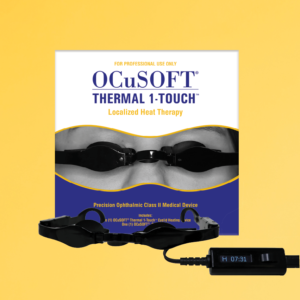

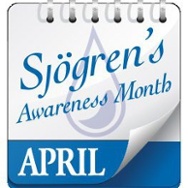

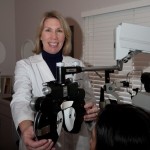
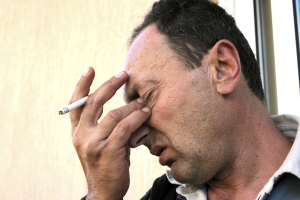 So what does this have to do with eyeballs? Unfortunately smoking contributes to many ocular conditions such as cataracts,
So what does this have to do with eyeballs? Unfortunately smoking contributes to many ocular conditions such as cataracts, 
